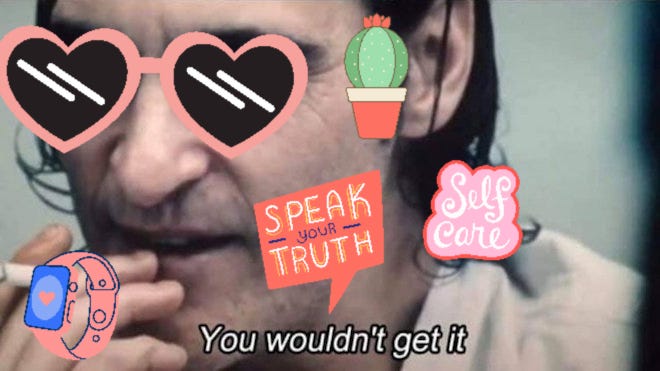2000s Beauty Standards Weren't the Low Point
The body positivity movement did not end the unrealistic body standards of the 2000s--it's worse now.
If you’re not a millennial woman yourself, perhaps you’ve seen millennial women share fan art of what Disney princesses would look like with big pores and stretch marks. Maybe you thought, What? Doesn’t she have more important things to worry about? Fretting over “unrealistic beauty standards” feels about as cringe as having a curated Stanley cup collection or furnishing your entire kitchen in rose gold. It’s even become a meme—a headless mannequin or a three-boobed AI girlfriend can become an ironic example of “unrealistic beauty standards.” But if you talk to any of these women about this obsession with body image, they will be quick to remind you that during their formative years, they were in in the muddy trenches of body image terrorism known as the 2000s.
That’s the oft-repeated idea about beauty standards and body image that I keep seeing circulated by my fellow millennial women: things were bad for women in the 2000s. This era traumatized so many millennials that we broke the cycle of abuse and rang in the body positivity movement, le epic wholesome win. For a blessed 10-15 year period, women were allowed to come as they are, because the icons of the body positivity movement represented what “real women” actually looked like. And as the thinkpieces say, ominously, all of that appears to be fading from public consciousness, which some of them believe is the canary in the fascism coal mine. Previously plus-size influencers are going on Ozempic and losing weight. Prepubescent girls are using retinol. Syndey Sweeney and her blue eyes are on unapologetic display (her initials are SS—coincidence???) Alas, as everyone keeps claiming, “heroin chic is back” and the golden age of self-love (and Disney Princesses with cellulite) is over.
For better or worse, this narrative could not be more wrong. I don’t think the 2000s was an infamous low point in our culture for women and their bodies. It may have been a low point in mainstream media culture, but that’s because unless you were a weirdo drawing fanfic on DeviantArt, mainstream media was the only kind of media we had in the 2000s. Rather, the proliferation of social media gave rise to a hollow, focus-grouped form of “body positivity” while the brutal beauty standards of the 2000s were allowed to spin out of control in less regulated spaces, where teen girls were more likely to be impacted.
You best start believing in the unrealistic beauty standards of the 2000s—you’re still in them! (And they’re worse than ever.)
Keep reading with a 7-day free trial
Subscribe to Cartoons Hate Her to keep reading this post and get 7 days of free access to the full post archives.



